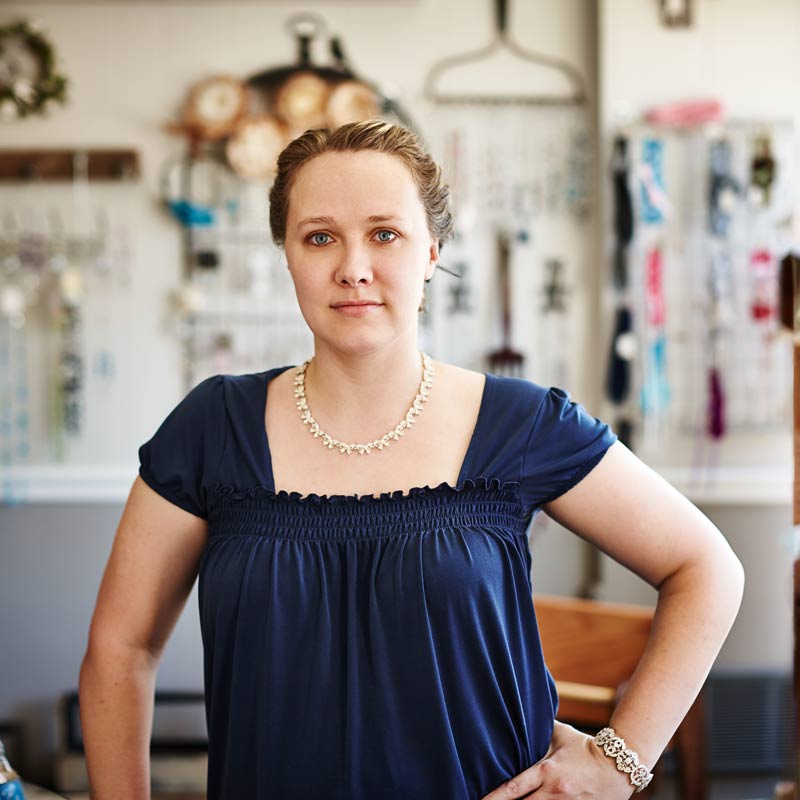The Affordable Care Act (ACA) has been trending lately, and not for good reasons. You may recall that insurance provider UnitedHealth announced its decision to back out of the majority of exchanges last year, and it is joined now by Aetna and Humana as well. Their departures have consumers concerned, and once again access to insurance will be a challenge for many families. These difficulties will hit rural communities especially hard. Enrollment assisters are hearing that consumers are worried about the drastic reduction in providers they will face – either geographically or because the remaining plans don’t include their current provider. While the overall concept of the ACA was a good one, certain structural features must be addressed and rules that govern the exchanges refined to ensure equity of access to affordable health insurance for everyone.
States like Missouri, with a significant portion of its population living in rural areas, are at a disadvantage in a federal program that should promote equity. This systematic bias against rural areas is a consequence of adopting rating regions that allow companies to choose specific parts of states to market their products. For example, Missouri has 10 regions. In 2016 residents of the St. Louis metro area had 44 plans to choose from, the rural Southeast and Northeast regions had only 29. So even before companies started pulling out, rural areas were at a disadvantage with fewer insurers offering fewer plans in the marketplace. And next year, it’s being projected that 17 percent of ACA-eligible people may have only one insurer from which to choose (compared to 2 percent in 2016). Specifically, the departure of UnitedHealth and Aetna will affect 83 percent of the counties in Missouri, including Audrain, Boone, Butler, Callaway, Cape Girardeau, Cole, Crawford, and Perry counties.
The media focus on insurance companies’ profits and losses and on their decisions to pull out of specific markets reminds us that the basic model of the ACA exchanges is market driven, relying mainly on for-profit companies to target those with incomes above the poverty level, bolstered by public subsidies for the great majority of consumers using the exchange. But what about people who do not earn enough to be eligible for the marketplace subsidies, those who earn less than the poverty level? Again rural areas are at a disadvantage: in Missouri, the rural poverty rate is 24 percent higher than in urban areas. A Missouri family of four that earns less than $24,300 a year cannot receive subsidies in the marketplace (if they happen to earn extremely low amounts – $4,236 or less per year, the parent is eligible for Medicaid).
Let me emphasize this point: regardless of where in Missouri they live, a family of four with an annual income of between $4,236 and $24,300 receives no governmental support for adult health insurance. Those of us fortunate enough to live outside of this “coverage gap” receive financial subsidies, mostly via employer-sponsored health insurance. This gap includes about 250,000 of our fellow Missourians.
The nation and our state are wrestling with the fundamental role of government in ensuring affordable, quality health care, and deciding who will benefit from governmental support. Currently our system undermines equity by identifying beneficiary groups based mainly on income and implicitly on geography. Counterintuitively, it is the poor and those in rural communities who are disproportionately underserved via governmental support in states like Missouri that have a substantial rural population and have not expanded Medicaid.
The ACA has accomplished a great deal – including strides to reduce inequity by insuring an additional 20 million people. Yet, of the 11 percent of the population left without insurance, the vast majority are poor. Arguably these people have the greatest need, and a just health care system would put them first, not last, in priority. In order to create a society in which people’s access to health care lives up to our values, we need to take additional steps to make health insurance equity a reality.


